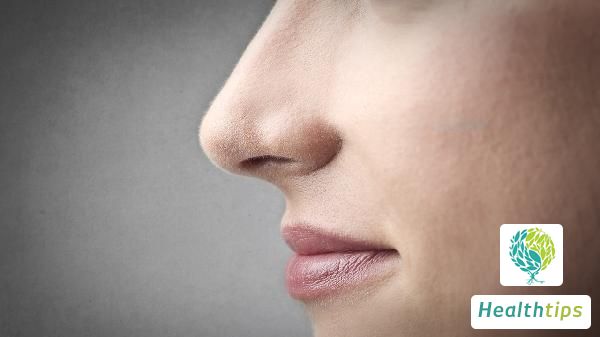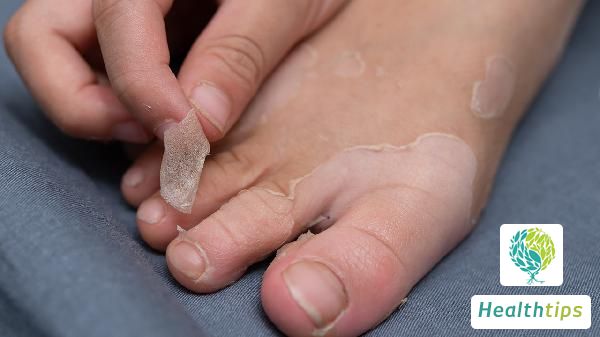"Four Traditional Remedies for Brightening Eyes and Cleansing the Liver with Buddleja Officinalis?"
Introduction to Mimanhua
Also known as Menghua, Laomenghua, and Mimenghua, it refers to the flower buds of the deciduous shrub Mimosa pudica belonging to the Loganiaceae family. It is distributed in provinces such as Shaanxi, Gansu, Hubei, Hunan, Guangdong, Guangxi, Sichuan, Guizhou, and Yunnan. The best quality is characterized by dense flower buds, dryness, gray-green color, hairy texture, and freedom from impurities like stems and leaves.

In traditional Chinese medicine, this herb is considered sweet in taste and slightly cold in nature, belonging to the liver and spleen meridians. It is believed to possess functions of clearing heat, nourishing the liver, improving eyesight, and alleviating yin deficiency. It is suitable for symptoms such as red and swollen eyes, excessive tearing, photophobia, film over the eye, liver deficiency, and blurred vision.
According to the "Kaibao Materia Medica," it "treats glaucoma, redness, soreness, and excessive tearing, eliminates red veins in the eyes, treats children's measles and malnutrition." The "Commentary on the Materia Medica" states that "Mimanhua is the primary medicine for the jueyin liver meridian, and its indications are mainly due to liver deficiency with heat. As the liver opens into the eyes, vision is possible when the eyes are nourished by blood. Liver blood deficiency leads to glaucoma and dry skin, while liver heat causes redness, swelling, tearing, and red veins, as well as residual toxicity from childhood acne and malnutrition. This medicine nourishes blood with its sweetness and eliminates heat with its coldness, thus restoring liver blood and alleviating various symptoms."
Pharmacological research has shown that Mimanhua contains various flavonoids, such as buddlejasaponin and acacetin. Experimental studies have demonstrated its ability to reduce formaldehyde-induced inflammation, decrease the permeability and fragility of skin and small intestinal blood vessels, and exhibit certain antispasmodic effects. Here are several treatment methods for your consideration:
- 15g of Mimanhua and Haliotis concha, 10g of Equisetum hyemale, chrysanthemum, and thistle, decocted in water, one dose per day. This can treat corneal opacity.
- 9g of Mimanhua, Gouqizi (wolfberry fruit), and Nuzhenzi (glossy privet fruit), 12g of Haliotis concha, Shengdi (dried rehmannia root), and chrysanthemum, decocted in water, one dose per day. This can treat symptoms of liver deficiency, heat, dryness, and dizziness.
- 10g of Mimanhua, Qinghuazi (indigo naturalis seed), gentiana scabra, and red peony root, 15g of chrysanthemum, decocted in water, one dose per day. This can treat liver heat-related eye diseases, red and swollen eyes, excessive swelling, and tearing.
- 15g of Mimanhua, 50g of rice, and an appropriate amount of white sugar. Wash Mimanhua, place it in a pot, add an appropriate amount of water, soak for 5-10 minutes, then decoct to extract the juice. Add rice to cook porridge, stir in white sugar when done, and cook for another minute or two. Take 10 minutes to consume 1-2 doses daily for 3-5 consecutive days. This clears heat and improves eyesight, suitable for red and swollen eyes, excessive tearing, and photophobia.



















